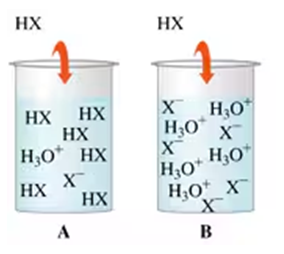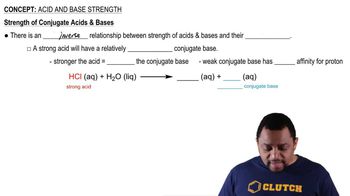From this electrostatic potential map of the amino acid alanine, identify the most acidic hydrogens in the molecule:
<IMAGE>

 Verified step by step guidance
Verified step by step guidance Verified video answer for a similar problem:
Verified video answer for a similar problem:



 2:06m
2:06mMaster Acid and Base Strength Concept 1 with a bite sized video explanation from Jules
Start learning